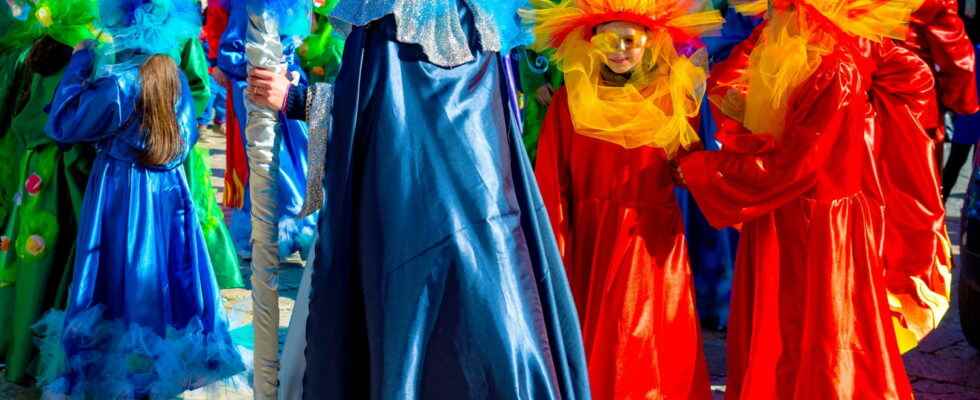Mardi Gras is a very special popular festival that is not just limited to costumes and delicacies to eat. Date, tradition, sayings, culinary specialties… Here is everything you need to know about the famous Mardi Gras.
Often in February and sometimes in March, a popular festival is celebrated in France and in some countries of the world: fat Tuesday. A tradition that dates back centuries now and continues to this day. During this day, customs and culinary specialties are shared, to the delight of the youngest but also gourmets. Where does Mardi Gras come from? Who invented it? What exactly do we eat that day? Answers.
When is Mardi Gras in 2023?
In 2023, Mardi Gras will fall on Tuesday, February 21. Each year, the date varies according to the Easter calendar. Thus, the Mardi Gras date may fall on a Tuesday in February or March. According to tradition, Mardi Gras takes place 47 days before Easter.
What is the origin of Mardi Gras?
Originally, Mardi Gras was a pagan festival from Roman times which celebrates the end of winter and therefore the arrival of spring. In the Roman calendar, this March day was also an opportunity to break the taboos by dressing up and eating more than necessary. Mardi Gras was then taken up in the Christian tradition to be associated with Lent. For Christians, Lent is a time of young and 40-day restriction that ends on Easter Sunday. Mardi Gras precedes “Ash Wednesday” which is the first day of Lent. On this occasion, during Mardi Gras, the faithful at the time took the opportunity to eat all their food reserves. It was also a time dedicated to entertainment and rejoicing to forget the worries of everyday life just before Lent, hence the fancy dress and Carnival which is largely associated with Mardi Gras. Since then, certain traditions have remained rooted and Mardi Gras has become a popular holiday, despite religion.
Why do we say Mardi Gras?
Why Mardi Gras? In Italian, Mardi gras is called “Carnevale”, a word that comes from “carne levare” (literally “remove the meat”), an allusion to the “lean” days that will follow. During this period, Christians eat neither eggs nor meat. This is why the day of Mardi Gras is marked by a plenty of meats and pastries (hence the name “bold”).
What is Mardi Gras tradition?
Today, Mardi Gras is celebrated in different ways around the world. In France, the tradition of Mardi Gras is that we prepare sweet recipes before eating them and that children dress up for the occasion.
What do we eat at Mardi Gras?
Mardi Gras is also known for its sweet culinary traditions. In the past, it was a question of using the reserves of butter, oil and eggs so as not to waste them during the fasting period of Lent. Since, on the day of Mardi Gras we traditionally eat pancakes, waffles or donuts (and all its regional variations!).
What are Mardi gras sayings?
Many sayings and proverbs refer to Mardi Gras and the customs that surround it. Here are some examples:
- “At Mardi Gras, winter goes away.”
- “Mardi gras in the rain, winter flees.”
- “Mardi Gras don’t go away! I’ll make pancakes and eat them for you!”
- “On Mardi-Gras evening, you have to dance on manure to get turnips”
What is the difference between Candlemas and Mardi Gras?
Mardi Gras and Candlemas are two very different celebrations.
Admittedly, it is customary to eat pancakes during these two celebrations, but Candlemas has a totally different origin from Mardi Gras. Candlemas celebrates the day when Jesus was presented by his parents at the Temple in Jerusalem. It has a fixed date and is usually held 40 days after Christmas, on February 2.
